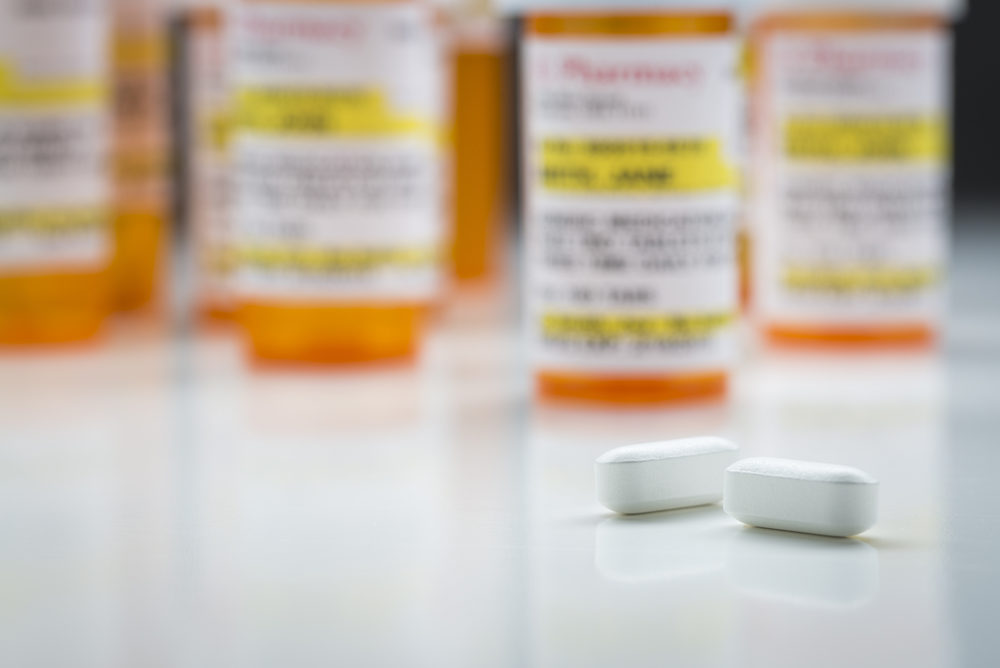Xeljanz Infection Risk Higher Than TNF Inhibitors: Study
Following recent concerns about the risk of cancer, heart problems and blood clots from side effects of Xeljanz, new study finds an infection risk is yet another potential complication linked to the arthritis drug.

The findings of a new study suggests that the Xeljanz infection risks are higher than what is seen with other competing rheumatoid arthritis drugs, adding yet another potential concern to the growing list of side effects linked to the new-generation treatment.
Xeljanz (tofacitinib) was introduced by Pfizer in 2012, as the first member of the JAK inhibitors class of medications, which joined a lucrative market which generates billions in annual sales for treatment of rheumatoid arthritis, psoriatic arthritis and ulcerative colitis.
Following data from a post-marketing clinical trial, which identified several potentially serious side effects of Xeljanz, the FDA required new label warnings about heart and cancer risks for the entire class of medications late last year.
As a result, the drug maker now faces a growing number of Xeljanz lawsuits brought by former users diagnosed with a variety of injuries, including cancers, heart attack, stroke, pulmonary embolism, deep vein thrombosis (DVT) and other complications.
Learn More About
Xeljanz Lawsuits
In a study published on August 3 in the Annals of the Rheumatic Diseases, an international team of researchers raised additional concerns about the safety of the new drug, finding that Xeljanz infection risks were nearly 50% higher than those linked to tumor necrosis factor inhibitors (TNF inhibitors) like Humira and Remicade, with some doses.
Both classes of drugs are immunosuppressants, designed to prevent autoimmune problems which turn the immune system against the body. One of the side effects of these drugs is that they often lower the body’s resistance to other infections.
In this open-label, randomized control trial, researchers looked at patients 50 years of age or older with at least one heart risk factor who received either a 5 mg or 10 mg dose of Xeljanz twice a day, or a TNF inhibitor.
According to the findings 5 mg doses of Xeljanz were linked to a 17% increased risk of infection when compared to TNF inhbitors. However, 10 mg Xeljanz doses were linked to a 48% increased risk of infection when compared to Humira and similar drugs.
Researchers also noted that infection risks were increased across the board in patients who were older, used opioids, had a history of chronic lung disease and used corticosteroids.






0 Comments